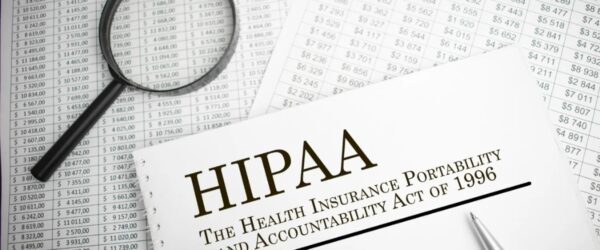July 10, 2025
DoctorsManagement Blog
Find out more about the latest news.
June 25, 2025
Is It Time to Hire a Coder? A Guide for Small Practices
by Shannon DeConda, Partner, Founder and President of NAMAS
June 20, 2025
Why Smart Healthcare Organizations Prioritize Employee Feedback—and What to Do With It
by Trevor McElhaney, JD, Director of Consulting
June 17, 2025
The Hidden Burden of HIPAA: Why Security Risk Analysis Remains a Major Challenge for Small Medical Practices in 2025
by Shanon Moore, Director, OSHA/HIPAA Compliance
June 11, 2025
5 Strategies to Improve Patient Retention in Your Medical Practice
by Trevor McElhaney, JD, Director of Consulting
June 5, 2025
Budgeting for Success: Why Healthcare Practices Must Plan Ahead for Management Consulting Services
by Trevor McElhaney, JD, Director of Consulting
June 4, 2025
Best Practices for Maximizing Time of Service Collections in Private Medical Offices
by Matt Kolinski, DO, Associate Management Consultant
May 28, 2025
Top 10 Best Practices for Managing a Successful Medical Office
by Doug Graham, Senior Management Consultant
May 21, 2025
Best Practices to Oversee Your Billing and Collections
by Shannon DeConda, Partner, Founder and President of NAMAS
May 14, 2025
Essential Steps to Improve Operational Efficiency in a Healthcare Practice
by Matt Kolinski, DO, Associate Management Consultant
May 8, 2025
Unlocking Financial Clarity: 4 Key Benefits of Profit Center Reporting for Medical Practices
by Andrew Ashton, Director of Accounting
May 8, 2025
Five Steps to Build an Audit Plan That Actually Works
by Shannon DeConda, Partner, Founder and President of NAMAS
April 30, 2025
Time is a Tool, Not a Rule
by Shannon DeConda, Partner, Founder and President of NAMAS
April 30, 2025
How to Navigate Credentialing Hurdles
by Dawne Wood, Director of Credentialing Services
April 24, 2025
How Healthcare Consultants Reduce Stress and Improve Efficiency in Medical Practices
by Jordan Brinkman, JD, Senior Management Consultant
April 17, 2025
How APCM Relates to Existing Care Management Programs
by Doug Graham, Senior Management Consultant
April 11, 2025
Understanding Advanced Primary Care Management and Its Relationship to Existing Care Programs
by Doug Graham, Senior Management Consultant
April 9, 2025
A New Chapter in Statutory Interpretation: What It Means for Healthcare
by Sean Weiss, Partner, Vice President of Compliance
March 27, 2025
Advanced Primary Care Management: What It Is & How to Get It Right
by Shannon DeConda, Partner, Founder and President of NAMAS
March 26, 2025
How Your Practice Can Benefit from Joining a Group Purchasing Organization (GPO)
by Craig King, Director of PowerBuying
March 26, 2025
Laboratory – Always At The Ready
by Bridget Smudrick, BS, MLS (ASCP), Director of CLIA Compliance
March 20, 2025
























